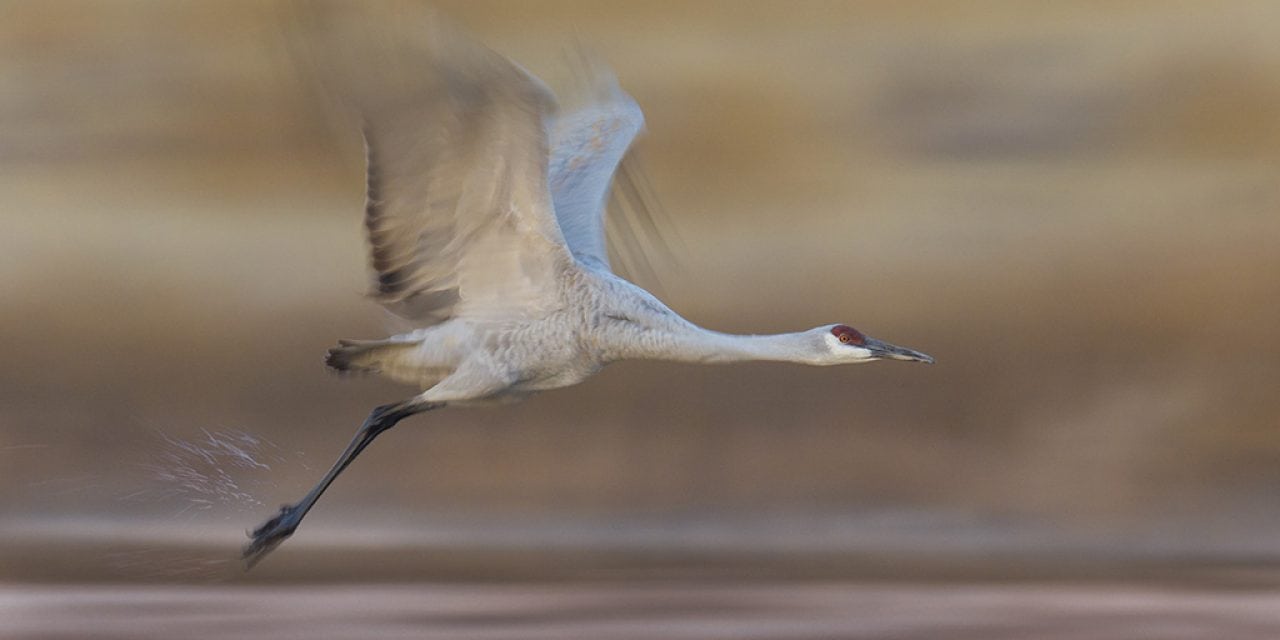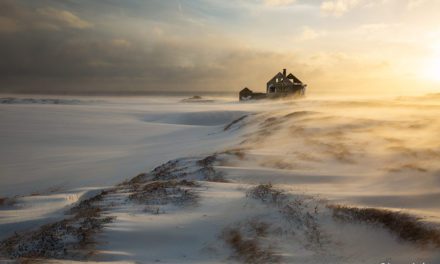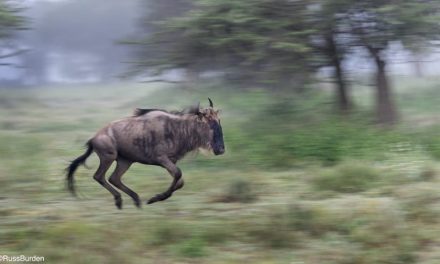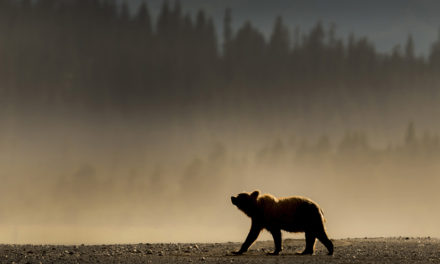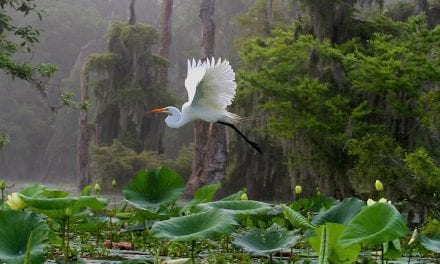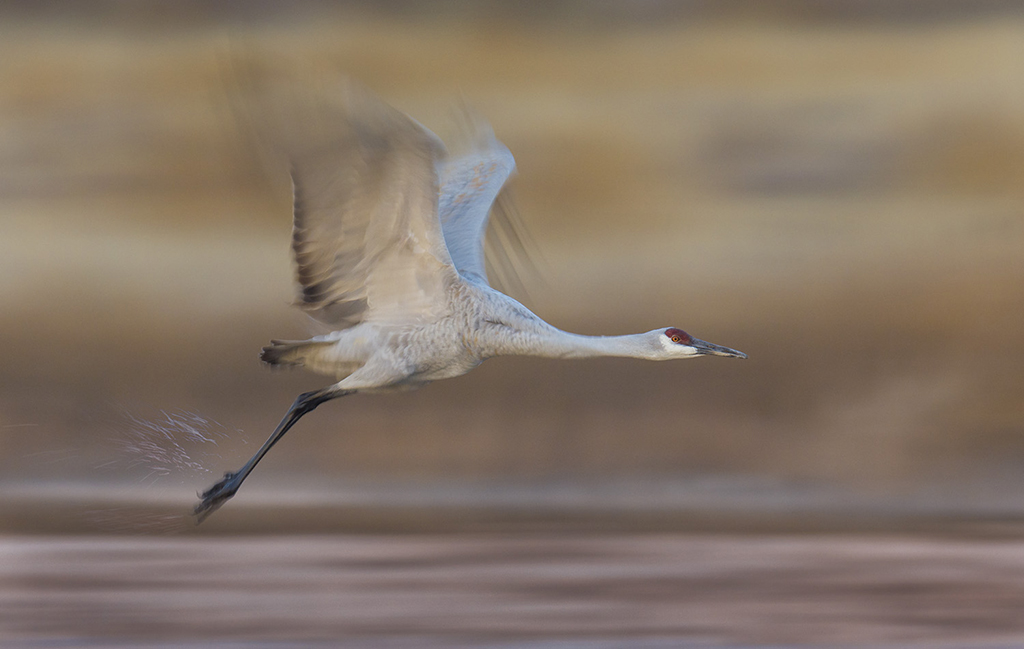
Many photographers equate the word action with sports photography. It obviously applies, but it’s not the only aspect that’s applicable. Action is defined as, “an act that one consciously performs and may be characterized by physical or mental activity.” Action goes on in things other than sports. If there’s movement, action occurs. It’s with this in mind I share three quick tips to help you get better action photos. If you’re lucky enough to photograph the Super Bowl, Indy 500 or the Final Four, apply the same principles.
Animals in Motion: It’s enticing to photograph a wild animal, but when it stands motionless, the image lacks impact. Wait for the subject to move, fly, run, yawn, preen or perform some sort of behavior to bring the photo to the next level. A fast shutter speed is necessary to freeze the moment. To obtain one in aperture priority, open your lens to its widest setting. The corresponding shutter speed will be the fastest possible. Be cognizant that the aperture covers the necessary depth of field if you need focus depth. Raise your ISO to obtain a faster shutter. Today’s technology allows cameras to perform well at high ISOs. If your camera has a full-frame sensor, you can feel even more comfortable using high ISO settings. If the resulting image appears noisy, run the file through noise reduction software to lessen it. Finally, use high-speed motor drive and continuous focus so the camera predicts the animal’s movement, especially if it’s erratic.
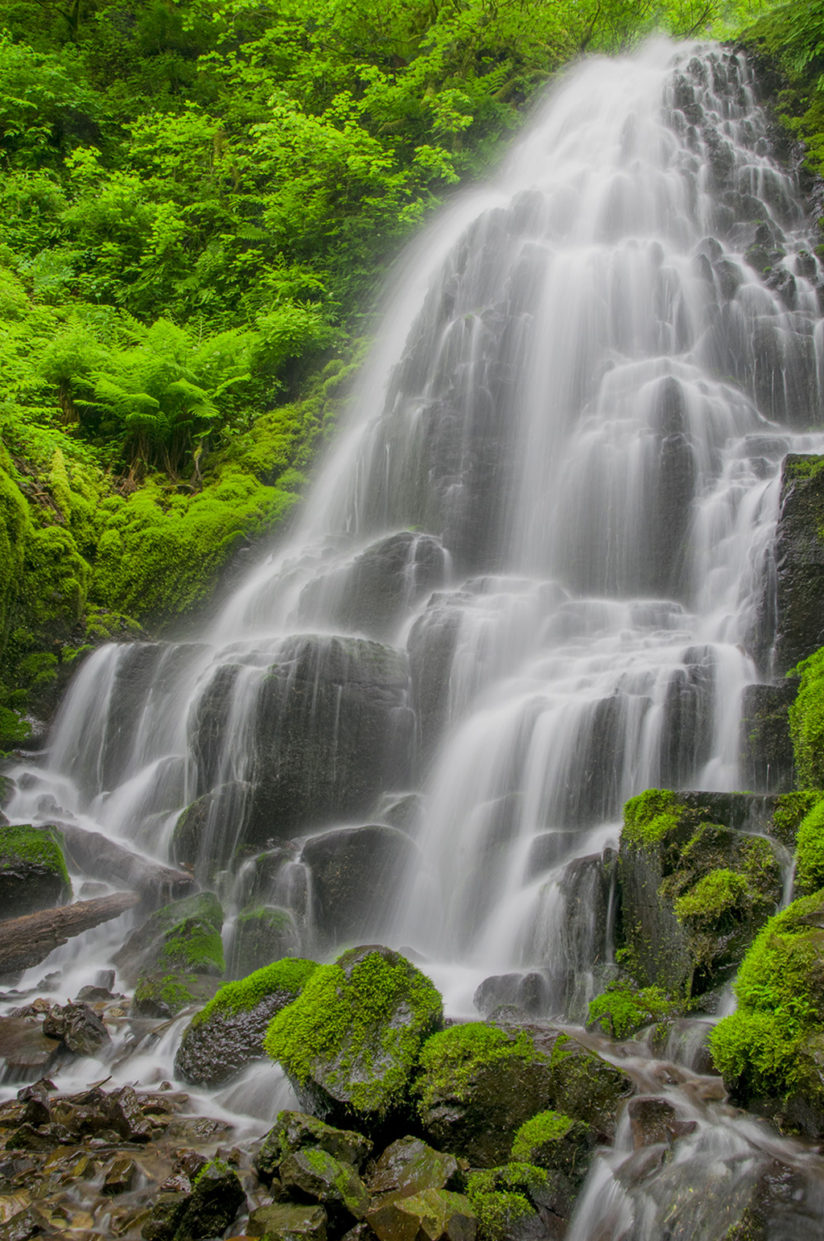
Freeze Every Drop: There are two schools of thought to make successful water shots. One is to use as slow a shutter speed as possible to show movement. Typically, a shutter speed of one second is used to provide a cotton candy look to the flow. The other is to freeze every drop to suspend them in mid-air. Again, use a wide open aperture and raise the ISO. If you’re outdoors, you may have a polarizer on your lens. If so, remove it as it absorbs light and robs you of shutter speed. You may have to compromise depth of field for the sake of a fast shutter if the primary function is to freeze the action. Experiment using the best shutter speed/aperture combination to obtain a successful balance of depth of field to frozen water drops. Be sure you bring extra batteries.

Capture a Moment: Wait for the decisive moment to press the shutter. One of my business mottos is “Edit Before Pressing The Shutter.” However, if the behavior isn’t repeatable, a heavy shutter finger is beneficial. If you’re working with a pet and have more control, take charge of the lighting. Use a flash or a reflector to tame contrast and open up shadows. Action comes in many shapes and forms. Go out and seek it. Use settings that allow you to capture it at its peak and smooth it out panning the camera with a slower shutter speed. Keep your eye glued to the viewfinder and be ready on the shutter. The more you practice, the better you’ll get at capturing the decisive moment.
Visit www.russburdenphotography.com for information about his nature photography tours and safari to Tanzania.
The post Three Action Quick Tips appeared first on Outdoor Photographer.

